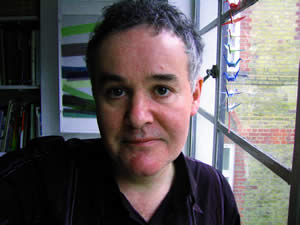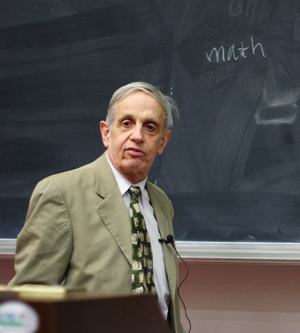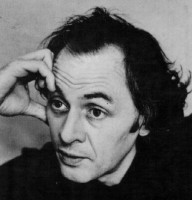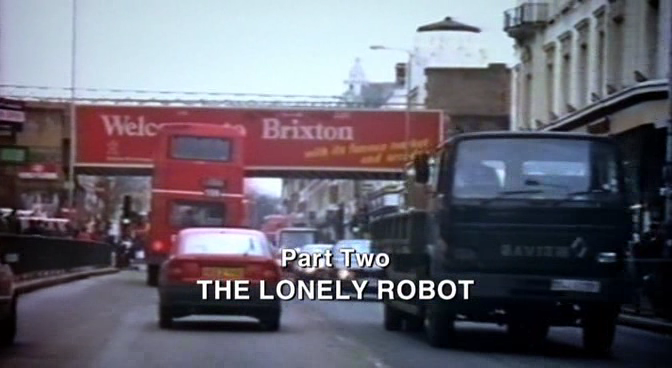RESISTANCE CINEMA Presents “THE TRAP: WHAT HAPPENED TO OUR DREAM OF FREEDOM?” Written, produced and directed by Adam Curtis for the BBC, 2007, 3 episodes, 55minutes each.
WHEN: Sunday November 29, 2009 1:15pm
WHERE: Community Church NYC, Gallery Room, 28 East 35th st.@ Park ave.
ADMISSION: Free, donations appreciated
Once again RESISTANCE CINEMA turns to the brilliant and provocative British documentarian par excellence, Adam Curtis. The Trap uses the same style of a mixture of archive, interviews and Curtis's own voiceover as in his previous work, The Power Of Nightmares and The Century Of Self, which elicited consistently enthusiastic responses. What characterizes Curtis and sets him apart from most other filmmakers is his unbridled exuberance for the great philosophic ideas that influence an age. He delights in uncovering the deeper, esoteric underlying ideas and concepts that sweep through history and how they eventually come to shape our everyday life.
Curtis. The Trap uses the same style of a mixture of archive, interviews and Curtis's own voiceover as in his previous work, The Power Of Nightmares and The Century Of Self, which elicited consistently enthusiastic responses. What characterizes Curtis and sets him apart from most other filmmakers is his unbridled exuberance for the great philosophic ideas that influence an age. He delights in uncovering the deeper, esoteric underlying ideas and concepts that sweep through history and how they eventually come to shape our everyday life.
The Trap: What Happened To Our Dream of Freedom? is a three-part series explaining the origins of our contemporary, narrow idea of freedom. Curtis argues that we have forgotten other ideas of freedom. We are in a trap of our own making, a trap that controls us, deprives us of meaning, and causes death and chaos abroad.
Episode One: “F*&K YOU BUDDY” – In this intriguing episode Curtis first examines the rise of game theory during the Cold War and the way in which its mathematical models of human behavior filtered into economic thought. The program traces the development of game theory with particular reference to the work of John Nash, who  believed that all humans were inherently suspicious and selfish creatures that strategized constantly. He developed a game in which the only way to win was to betray your partner. Curtis examines how game theory was used to create the USA’s nuclear strategy during the Cold War. A separate strand in the film is the work of R.D. Laing whose work in psychiatry led him to similar pessimistic conclusions about human nature and that some forms of mental illness were merely artificial labels used by the
believed that all humans were inherently suspicious and selfish creatures that strategized constantly. He developed a game in which the only way to win was to betray your partner. Curtis examines how game theory was used to create the USA’s nuclear strategy during the Cold War. A separate strand in the film is the work of R.D. Laing whose work in psychiatry led him to similar pessimistic conclusions about human nature and that some forms of mental illness were merely artificial labels used by the state to suppress individual suffering. A fascinating trajectory is drawn that eventually leads to Margeret Thatcher and her free-market approach to government.
state to suppress individual suffering. A fascinating trajectory is drawn that eventually leads to Margeret Thatcher and her free-market approach to government.
Episode Two: “THE LONELY ROBOT” The second episode reiterates themes from the first but goes on to explore the use of drugs such as Prozac to deal with anxiety and depression is abused and leads to an effort to normalize individual behavior as machine like and predictable.
Again Curtis connects dots in his own unique and fascinating way to show how ideas eventually shaped the way governments thought about and formed policy. In industry and the public services, a certain way of thinking led to a plethora of targets, quotas, and plans. It was meant to set workers free to achieve these targets in any way they chose. What these game-theory schemes did not predict was that the players, faced with impossible demands, would cheat.
Episode Three: “WE WILL FORCE YOU TO BE FREE” The final programme focussed on the concepts of positive and negative liberty introduced in the 1950s by Isaiah Berlin. Curtis briefly explains how negative liberty could be defined as freedom from coercion and positive liberty as the opportunity to strive to fulfill one's potential. The  program begins with a description of the Two Concepts of Liberty, reviewing Berlin's opinion that, since it lacked coercion, negative liberty was the 'safer' of the two. Curtis then explains how many political groups who sought their vision of freedom ended up using violence to achieve it.
program begins with a description of the Two Concepts of Liberty, reviewing Berlin's opinion that, since it lacked coercion, negative liberty was the 'safer' of the two. Curtis then explains how many political groups who sought their vision of freedom ended up using violence to achieve it.
He shows how the idea of justifying violence to achieve positive liberty has been used by both the Left and Right citing examples from the ideas of Franz Fanon and the Algerian Revolution to the neo-conservative defense of the Pinochet regime in Chile and the Contra war against the Sandinistas in Nicaragua.
The program reviews the Blair government and its role in achieving its vision of a stable society. In fact, argues Curtis, the Blair government had created the opposite of freedom, in that the type of liberty it had engendered wholly lacked any kind of meaning. Its military intervention in Iraq had provoked terrorist actions in the UK and these terrorist actions were in turn used to justify restrictions of liberty.
Curtis, the Blair government had created the opposite of freedom, in that the type of liberty it had engendered wholly lacked any kind of meaning. Its military intervention in Iraq had provoked terrorist actions in the UK and these terrorist actions were in turn used to justify restrictions of liberty.
In essence, the program suggests that following the path of negative liberty to its logical conclusions, as governments have done in the West for the past 50 years, resulted in a society without meaning populated only by selfish  automatons, and that there was some value in positive liberty in that it allowed people to strive to better themselves.
automatons, and that there was some value in positive liberty in that it allowed people to strive to better themselves.
The closing minutes directly state that if western humans were ever to find their way out of the "trap" described in the series, they would have to realize that Isaiah Berlin was wrong and that not all attempts at creating positive liberty necessarily ended in coercion and tyranny.
We will screen the first two episodes and leave the third as an option depending on audience consensus.